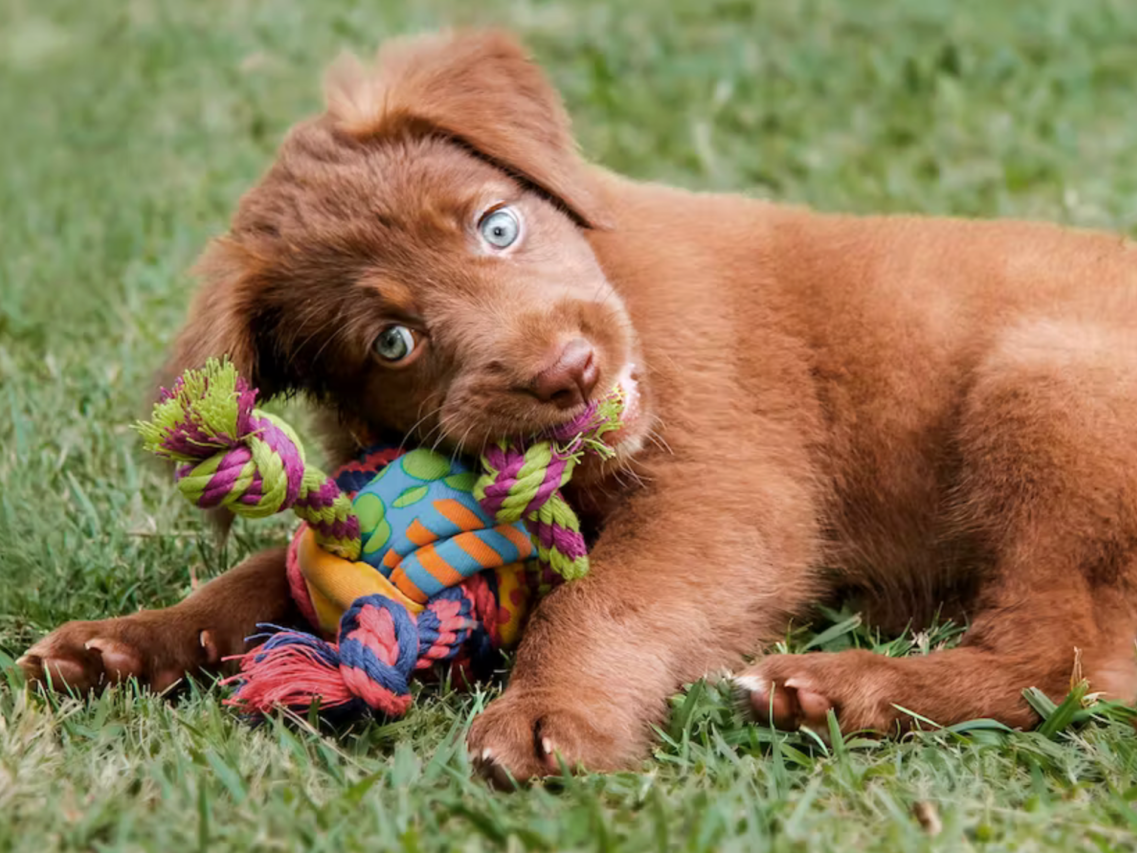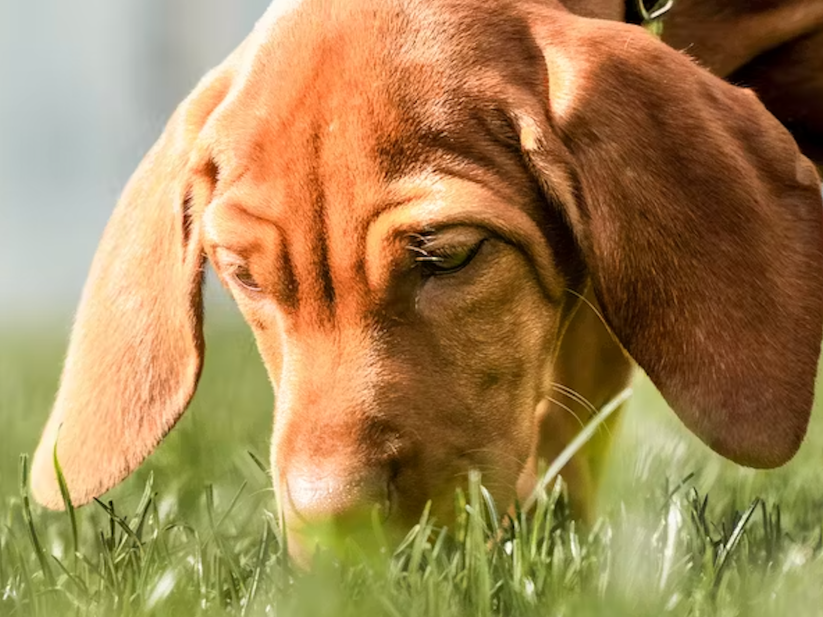Leaving your puppy home alone
We advise against leaving pets alone for long stretches. Companionship can prevent emotional distress and destructive behaviour. Speak to your veterinarian for recommendations.
Leaving your puppy home alone for the first time can feel daunting. What can you do to help them feel content in their own company? Read on to discover trustworthy training techniques and how to avoid potential canine separation anxiety.
Article
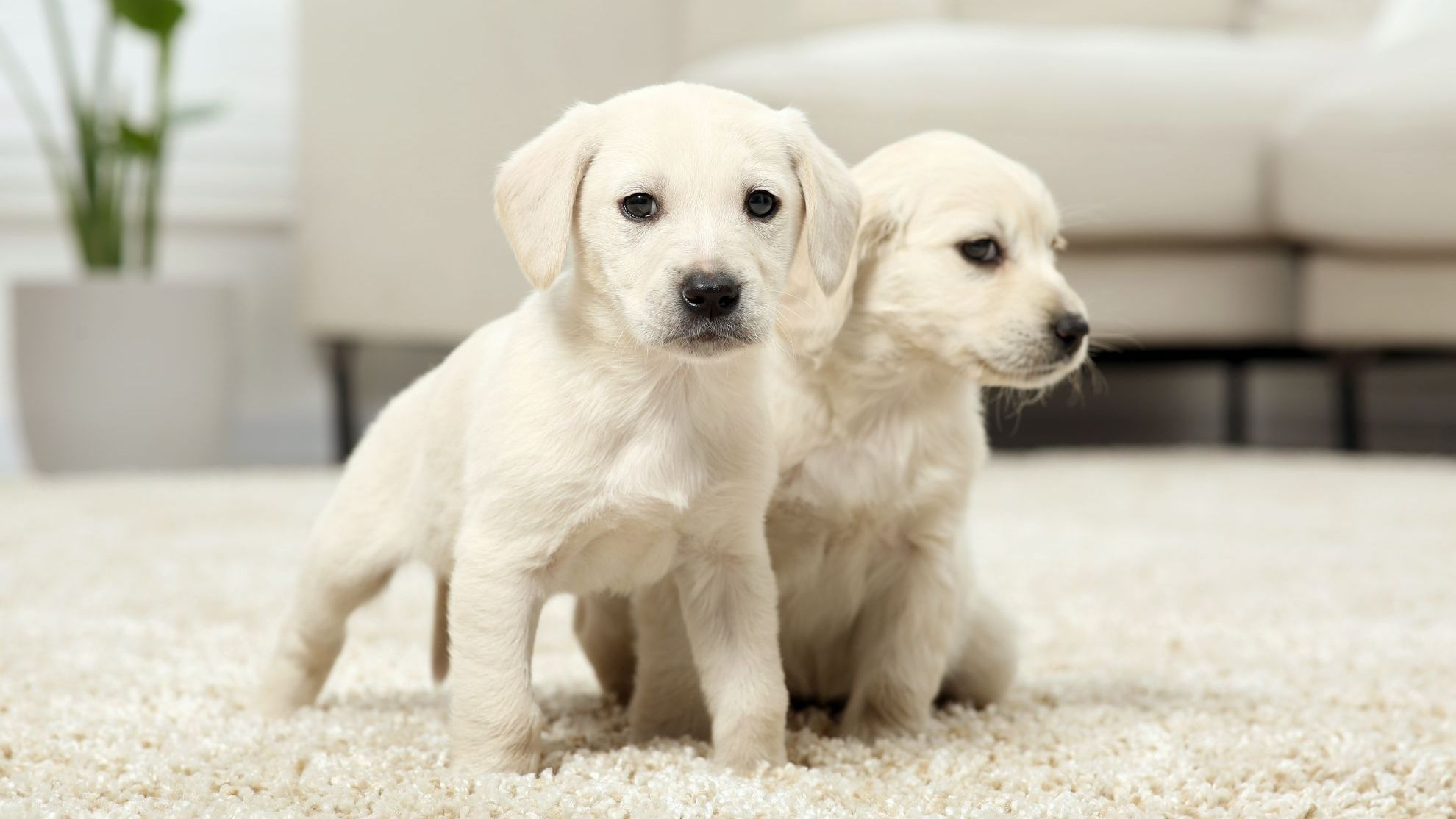
How to leave your puppy alone at home
Your new puppy has just joined the household. You’re busy getting your new canine companion socialised and house-trained while settling into your new routine together.
It’s understandable that leaving your puppy alone at home may not appeal during those first few weeks.
To be clear, we don’t condone leaving any pet alone for long periods of time. Leaving your dog home alone should be considered exceptional and not become a regular habit.
However, while puppies and dogs are social creatures, sometimes you may have to leave them alone. Therefore, your puppy needs to feel at ease in their own company. When it comes to teaching your new canine companion about spending time alone, part of responsible pet care, a slow and steady approach is highly recommended.
How long can your puppy be left alone?
Becoming a pet owner is not a light responsibility. Expect your work life and your social life to take a back seat as you help your puppy settle into their new home.
For the first few months of your dog’s life, they should not be left alone for more than an hour at a time. You can build up to this progressively, starting with 10-15 minutes.
Once your dog is used to your brief absences, and not before they hit the six month mark, work up to leaving them alone for up to half a day.
Please note that this is a general idea of how long your puppy or dog can handle alone time, largely based on their toilet needs.
When it comes to building your puppy’s alone time schedule, remember that there is no ‘one size fits all’ solution. Each canine is unique and how they behave can also depend on general breed characteristics.
You should take into consideration how your new pet has entered the household, whether that is via a breeder, pet shop or animal shelter. The aim is to settle into a routine, including your puppy’s sleeping schedule and feeding times, that best suits their temperament.
How to train your puppy to enjoy alone time
Preparing to teach your puppy that some solitude can be nice, start training when you are still around the house. You don’t want them to be anxious every time you leave. Similarly, you want to leave them and feel complete peace of mind.
This may be a basket, a crate, or a pen. It is important that your puppy has positive associations with the area, be it calm time or playtime. You do not want them to think they are being punished, because they are not.
Settle your puppy into their quiet space with a favourite toy. Leave the room quietly. Wait one to two minutes before returning, again in a calm manner. If your puppy appears relaxed, reward them with a caress and a treat. Gradually increase the time that you leave them alone, per day, from going to the toilet, working in a different room or taking a shower.
If you return and your puppy shows signs of anxiety, avoid making a fuss. Provide your puppy with reassurance, then reduce the time that you leave them alone. If they still seem anxious, you may have to dedicate more time to making them feel comfortable in their assigned safe space.
Make sure that your puppy is calm before trying to leave them alone. That means using up some of their energy beforehand. Take them for a walk outside or play an interactive game. It is also important that your puppy has had a toilet break. Creating the right conditions will help to minimise any potential anxiety caused by your absence.
Once again, it is worth mentioning that each dog is unique and therefore, will go at their own speed.
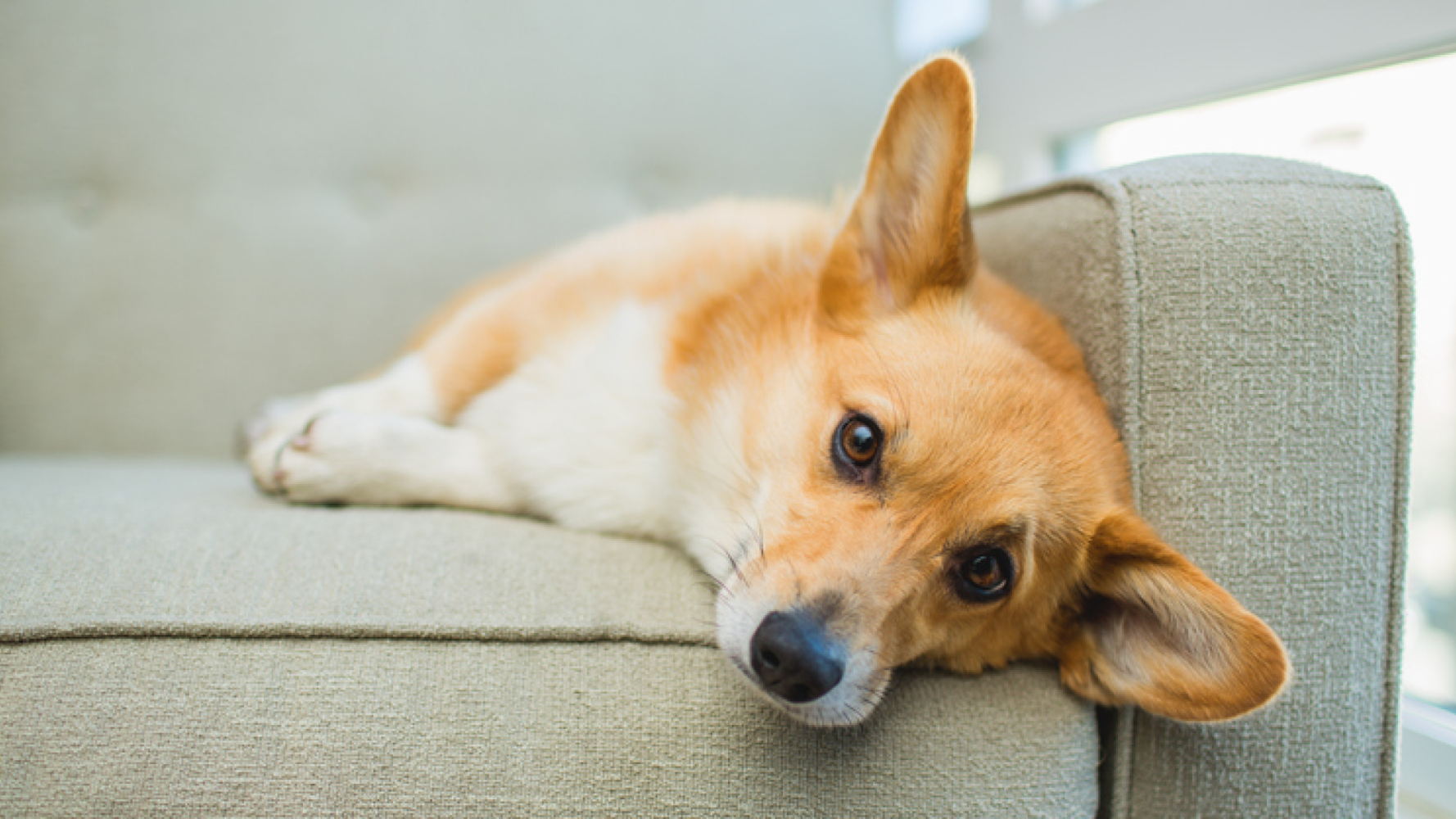
How to keep your puppy entertained when alone
Even once your puppy is more comfortable with spending time alone, the work is not completely over. Depending on where you live, you may need to open up more of your living space to them, bit by bit. Do not expect them to stay calmly in their basket or crate for the whole time that you are absent.
The biggest challenge is to keep your puppy entertained while you are at work. The good news: there are many toy options for puppies, which should also stop them from sinking their teeth into the dining table.
Safe boredom-busters to leave out for your puppy
Fillable chew toys
You can stuff them with some kibble to keep your puppy distracted. This should be taken out of their daily food ration, to keep them in good health.
Rope toys
Your puppy can chew away to their canine heart’s content! Rope toy variations often include a variety of sensory stimulations, from different materials to squeakers.
Puzzle toys
These are another brilliant boredom buster tool for keeping your puppy stimulated. There are options for all ages, ranging from entry-level to highly challenging. Be sure to match the difficulty level to your puppy or dog—they may become frustrated if it’s too hard or bored if it’s too easy.
When you have to leave your puppy, be sure to provide the best possible conditions for them. They should feel calm, comfortable and have play options. This will help to avoid feelings of loneliness or boredom, which can lead to destructive behaviour.
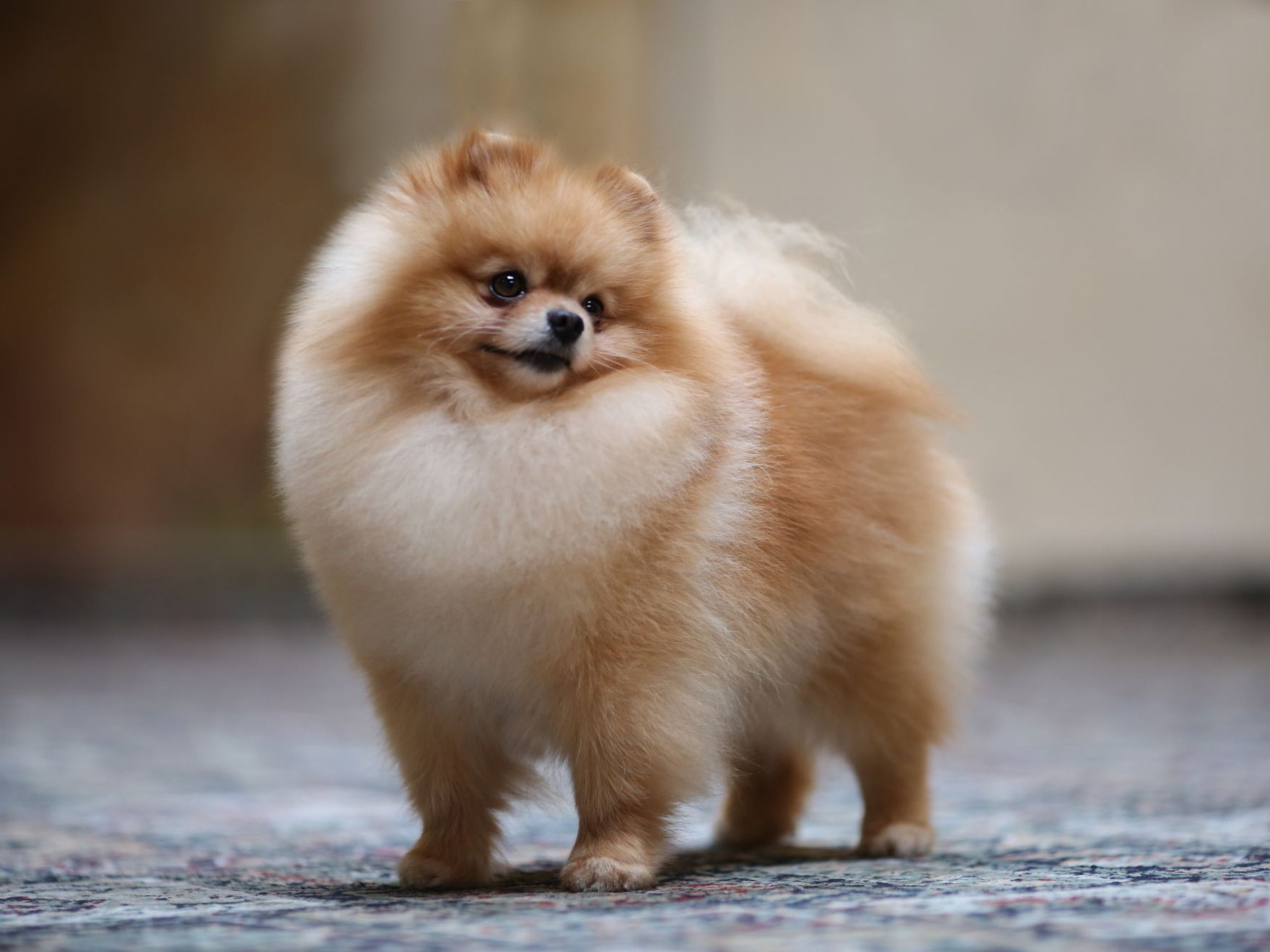
Separation anxiety in your puppy
Today, there is much more awareness about separation anxiety among puppies and dogs. UK data reveals that eight of ten dogs show signs of separation-related behaviour, so it is something to be taken seriously.
Recognising signs of separation anxiety in puppies
The most common signs include following you around, chewing furniture, barking, over-excitement when you return and going to the toilet inside.
There are also more subtle signs to look out for, especially if you are a first-time dog owner. These include:
- Vomiting
- An excess of saliva
- Shaking
- Panting
- Disinterest in food when you are absent
- Excessive barking
- Excessive paw licking
A word of warning: it can be tricky to spot anxiety in your dog, as most anxious behaviour happens when you are not there with them. Installing a pet camera can be a low-cost option for observing how your dog acts in your absence.
Ways to help prevent separation anxiety in puppies
You may see that your canine companion is still struggling with being left on their own, despite your best efforts at training and providing the best conditions possible. But every problem has a solution, including your puppy’s separation anxiety. For example:
This is particularly relevant if you are crate training your puppy. This is a moment to spend some quality time with your puppy and provide some reassurance. Dedicate some time to playing with them, take them out to stretch their paws and explore, and make sure their toilet needs are met.
If you have the budget, invest in a professional dog-sitter or daycare. The latter will have the added benefit of developing your puppy’s socialisation skills. The former will be well-suited to puppies or dogs who are still developing their social skills.
This is particularly relevant if you are crate training your puppy. This is a moment to spend some quality time with your puppy and provide some reassurance. Dedicate some time to playing with them, take them out to stretch their paws and explore, and make sure their toilet needs are met.
If you have the budget, invest in a professional dog-sitter or daycare. The latter will have the added benefit of developing your puppy’s socialisation skills. The former will be well-suited to puppies or dogs who are still developing their social skills.
Remember to reward your canine companion when you come home from work. Wait for them to calm down before treating them to some kibble or taking them out for a nice walk.
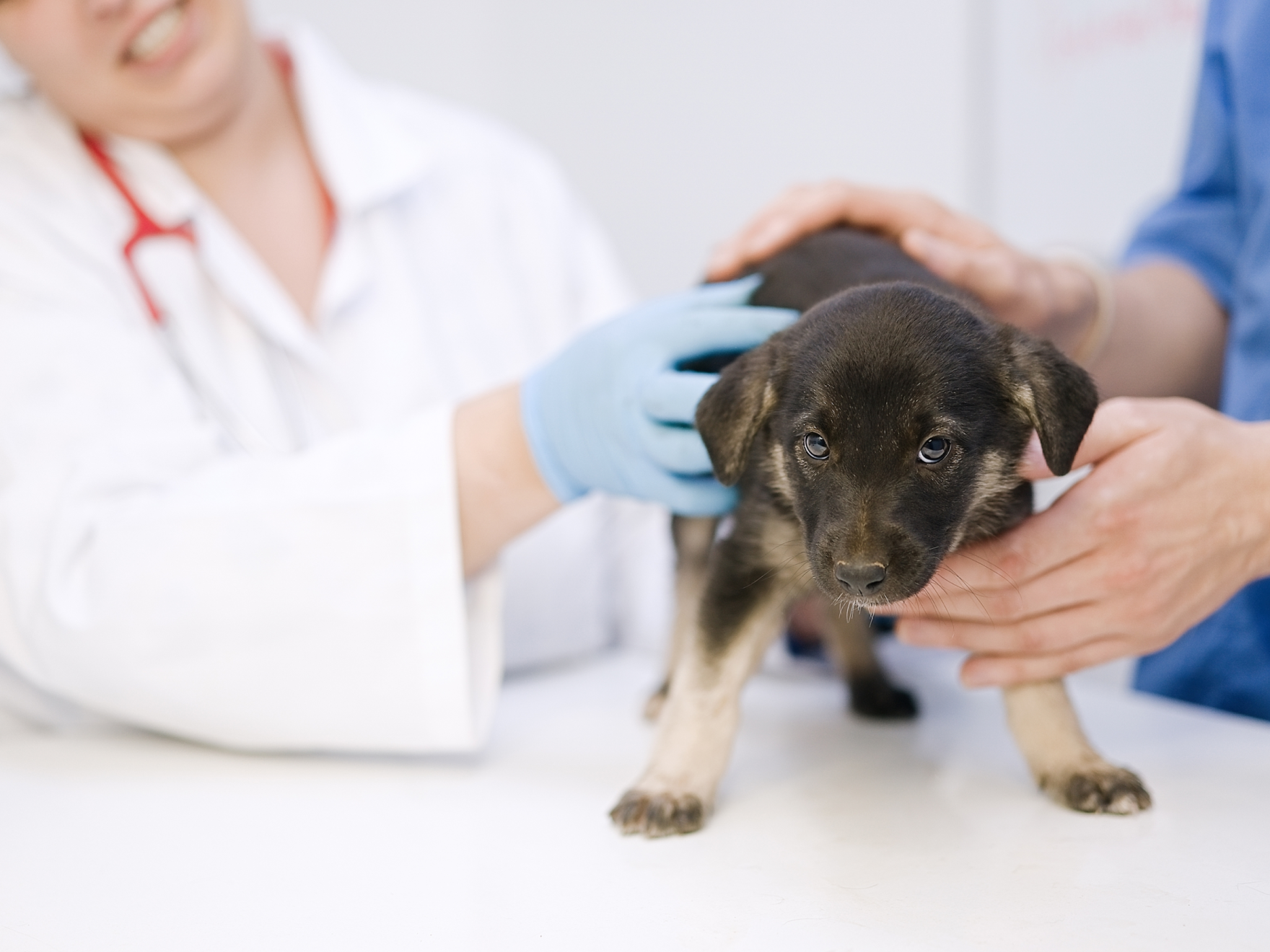
How to respond if separation anxiety in your puppy continues
If you feel like you have exhausted all avenues and your puppy or dog is still suffering from separation anxiety, seek your vet’s advice. It may be a case of getting a professional sitter for your puppy. Or, you may need the help of a professional trainer, to help you get to the root of the problem and work on it.
It is crucial that you do not leave your dog to suffer alone with their separation anxiety—neither should you punish them for something they do when distressed. This will only make the problem worse for both of you. Always provide reassurance and make it clear that you will work alongside them to ease their suffering.
Related Articles
Like & share this page
